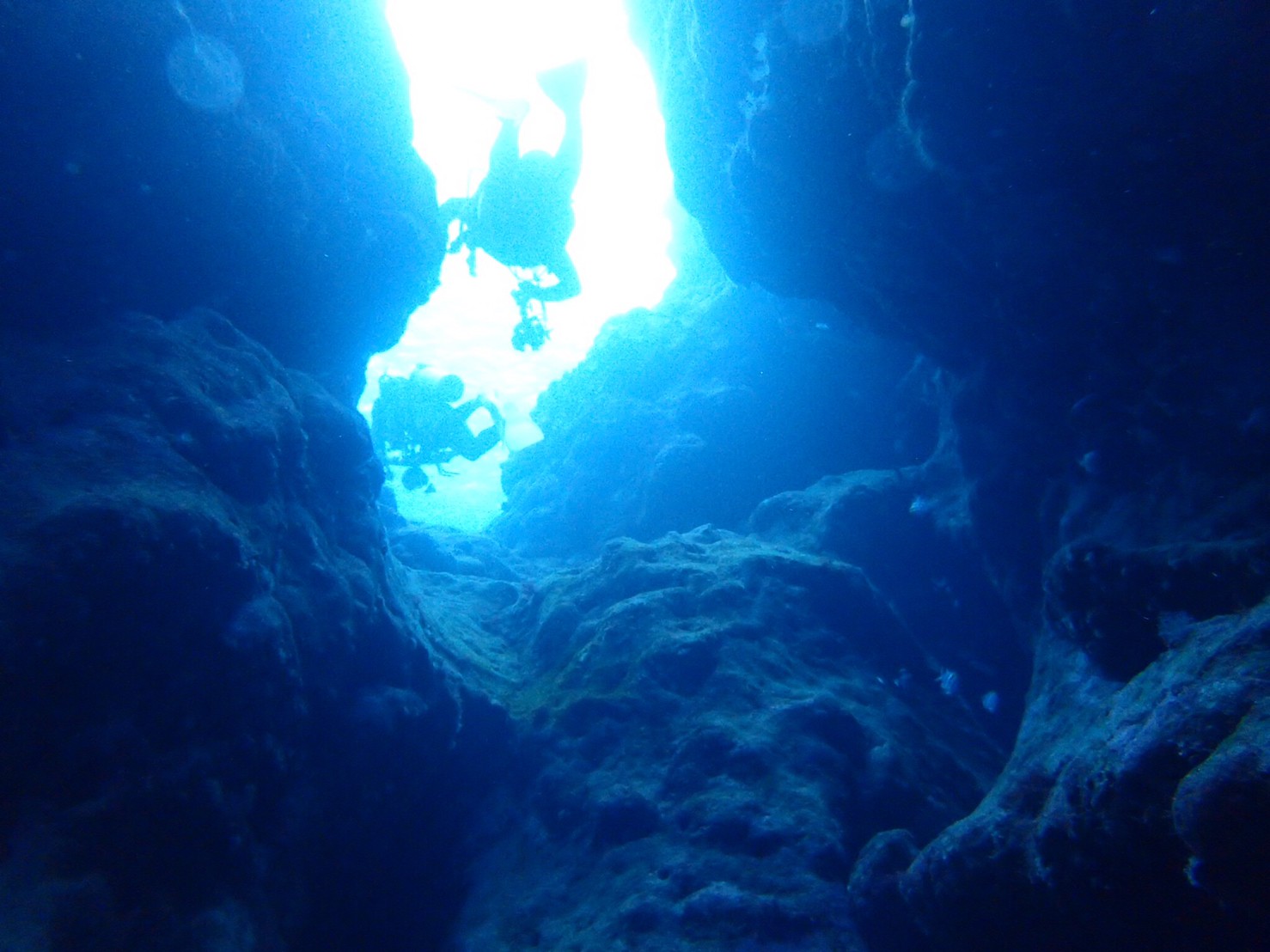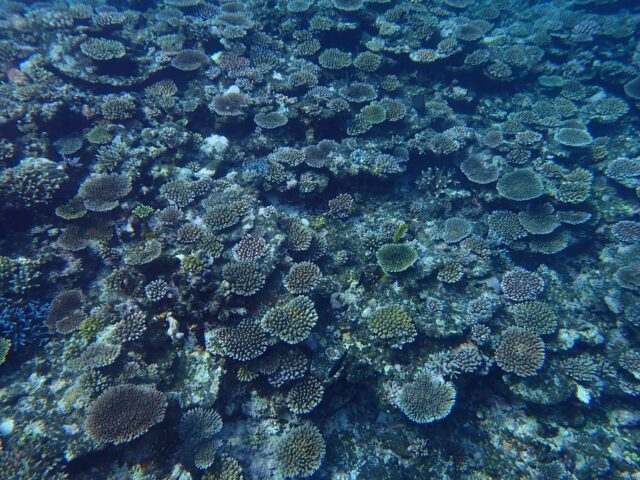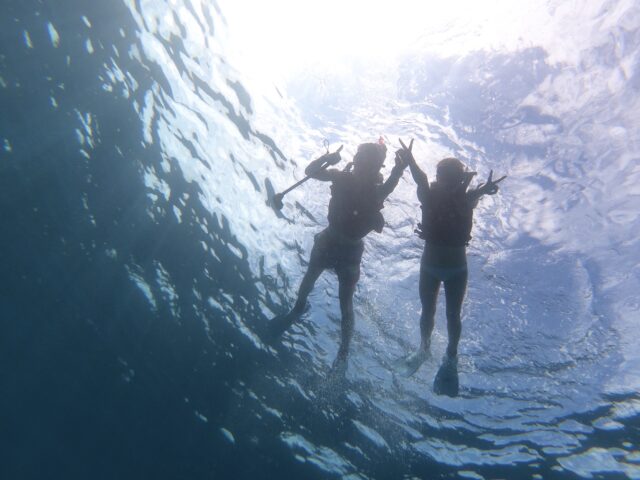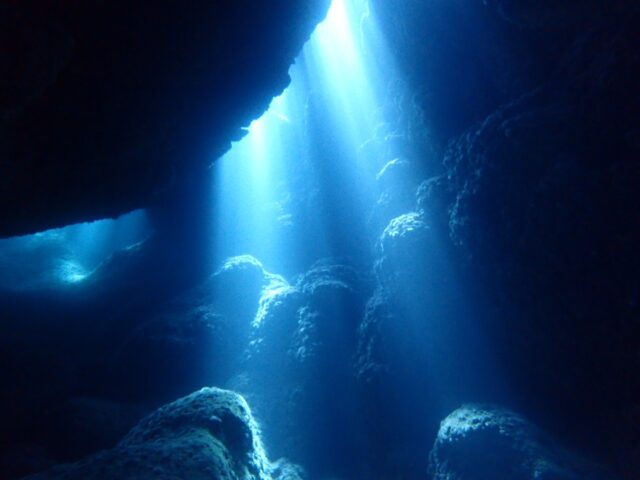Local Column
COLUMN

Let's swim with "Manta," the queen of the sea in the sea of Iriomote Island!
目次
Iriomote Island, the last unexplored island

Iriomote Island" is the second largest island in Okinawa Prefecture after the main island of Okinawa.
About 90% of the island is subtropical and covered with virgin forests that have not been touched by humans.
It is also known as Japan's last unexplored region, as it has one of the largest mangroves in Japan.
It is also a place where many rare and valuable ecosystems remain, such as the Iriomote wildcat and the Semaru box turtle, and was selected as a World Natural Heritage site in 2013, along with Amami-Oshima, Tokuno-shima, and northern Okinawa Prefecture.
Why don't you visit such a last unexplored region, Iriomote Island?
What are the Yaeyama Islands?

The Yaeyama Islands are located further south than the main island of Okinawa.
The islands spread around Ishigaki Island would be collectively called the "Yaeyama Islands.
The inhabited islands of the Yaeyama Archipelago are Ishigaki, Taketomi, Kohama, Kuroshima, Aragusuku, Iriomote, Hatoma, Yubu, Hateruma, and Yonaguni; including uninhabited islands, there are 23 islands.
The islands vary in size, and small isolated islands may be circumnavigated by bicycle.
In addition, since the Yaeyama Islands are not far from each other, there are many island hopping tours available.
To get to the outlying islands, use the ferries that leave from Ishigaki Island's outlying island terminal, but be sure to check the timetables in advance as some change depending on the time of year.
How to get to Iriomote Island

There is no airport on Iriomote Island.
Therefore, to get to Iriomote Island from outside of the prefecture, you need to go through Ishigaki Island, the hub of the Yaeyama Islands, where there are many airplane flights.
There are probably two ways to get to Ishigaki Island: via Naha Airport or by direct flight.
Direct flights are very convenient and we recommend that you use them.
After arriving at Ishigaki Island by plane, you will be transferred to the remote island terminal where there are boat services to each remote island, and from there you will take a ferry (high-speed boat).
At Ishigakijima Remote Island Terminal, many boats arrive and depart for not only Iriomote Island but also other remote islands around Ishigakijima, and it is very convenient because it is close to the city center and has various commercial facilities.
There are two major ports of arrival and departure on Iriomote Island, known as Uehara Port on the north side and Ohara Port on the south side.
Departure and arrival times and travel times differ, so please check your travel schedule in advance for travel times, boarding fees, and destinations before choosing which destination to take the ship for.
Let's meet manta rays in Iriomote Island!

Iriomote Island is famous for being inhabited by so many different creatures that it is called the Galapagos of the East.
Rare creatures continue to be found not only on land but also in the sea.
With rich coral reefs, lake reefs sandwiched between mangrove jungle reefs, reefs in the open ocean, and varied underwater topography, a wide variety of creatures can be observed on Iriomote Island, from large creatures to small coral fish and rare fish from the inner bay!
The most famous would be the coral reefs.
Ishinishi lagoon, which stretches between Ishigaki and Iriomote Islands, is the largest coral reef area in Japan and one of the most beautiful in the world.
It will also be known as a spawning spot for sea turtles.
In addition to these, I am sure that you will enjoy other creatures of all sizes.
The chances of seeing manta rays are not so high, so keep your eyes peeled for other creatures to enjoy.
Manta Ecology
Mantas are a family of stingrays that swim in the ocean.
They are characterized by swimming as if flapping their wings in the sea.
Normal individuals are about 3 meters long, but some of the larger ones are 5 to 6 meters long.
Despite their enormous size, they are very docile.
They can be seen in the waters near Ishigaki Island and Iriomote Island, and many of the species seen here will be known as Nanyou Manta Rays.
Other sightings include black manta rays with black body color, but you will be lucky if you can spot one!
Manta rays habitually clean their bodies on coral roots and hover in shallow areas at a depth of 5 meters where there is coral, so if you are lucky, you may be able to observe them right in front of you.
They also stay in place while the body is being cleaned, allowing for close observation.
Activities that may allow you to see manta rays in Iriomote Island
The area around the Yaeyama Islands is said to be a manta ray spot with a very high rate of manta ray encounters, even from a global perspective.
Of course, there are many tours to see manta rays in Iriomote Island.
Among them, diving and snorkeling are particularly common.
If you dive at the right time of year, you may be able to see manta rays even if it is your first experience diving.
Of course, it is possible to see manta rays by snorkeling!
Iriomote Island Snorkeling

The sea around Iriomote Island is crystal clear, and the world's largest coral reef is home to many kinds of tropical fish.
Iriomote-Ishigaki National Park has a coral reef group called Ishinishi lagoon, and the sea of Iriomote Island is also surrounded by very large coral reefs.
You could say that everything around the island is a snorkeling point!
If you are lucky, you may also witness manta rays.
You don't have to dive deep to encounter manta rays.
Generally speaking, there are about 1,300 species of corals in the world, and about 400 of them can be seen on Iriomote Island.
Here you will see rare coral reefs that are not easily seen in other oceans.
Why don't you experience this excitement by snorkeling that you can only experience in Iriomote Island?
Iriomote Island Diving

As reported in the snorkeling report, there is the largest coral reef in Japan called Ishinishi lagoon between Ishigaki Island and Iriomote Island, from which many eggs are washed ashore in the sea around Iriomote Island.
Diving is another very popular activity on Iriomote Island because of the many different types of corals that can be seen there.
In Iriomote Island, almost 100% of the dives are boat dives.
In spots where there is a current, we may dive with a drift.
The general pattern is two dives per day, departing in the morning and returning in the afternoon.
For beginners, experience diving is also available, so feel free to join.
One point in particular where manta rays can be seen is Kabira Manta Point, located in the Kabira area in the northwestern part of Ishigaki Island, and is one of the dive sites with the world's highest manta ray encounter rate.
Manta City and Manta Scramble are the most popular spots for manta ray encounters in Japan's largest coral reefs.
The species that can be seen change depending on the season, so find out in advance what you want to see and go there!
There are also times of the year when diving is appropriate and times of the year when it is not.
In winter, when the north wind blows, the waves will be high and the sea rough, and diving tours will often be cancelled.
For this reason, summer is the best time to dive.
In summer, south winds blow, but it will be easy to get to Manta Scramble and Manta City Point.
It is also a stable time of the year because, outside of typhoons and kachibai (southwest monsoon that blows at the end of the rainy season), you can dive comfortably not only at Manta Point but also in almost all diving areas throughout the Yaeyama Islands.
When is the best time to see manta rays?

There are times when manta rays can be seen and times when they cannot.
Therefore, if you get the season wrong, you may come here to dive or snorkel for manta rays, but you may not even make it to the manta point.
It is a good idea to do some preliminary research before planning a dive to avoid the situation in which you somehow make it to the manta point but cannot see manta rays because of rough seas.
In the spring months of April and May, the cold northerly winds of winter gradually change to warmer winds blowing from the south.
Because of the warm ocean currents, this is also the time of year when large marine life can be seen in addition to manta rays.
Summer months of June, July, August, and September are also the best times to see manta rays, even though these months are also prone to typhoons!
The chances of seeing manta rays increase, so be sure to join a manta ray tour during this time of year.
Manta ray tours are very popular during this time of year, so please book your tours early.
In the fall months of October and November, temperatures drop and the wind direction can be northerly on some days, but this is also the time when manta rays can be seen in schools.

It is also the breeding season for manta rays, so it is highly recommended for those who wish to encounter many mantas at once.
If you are lucky, you may experience being surrounded by giant manta rays!
In the winter months of December, January, February, and March, it is colder and the north winds are stronger.
The probability of launching a boat to manta ray point is very low, and even snorkeling is difficult at this time of year.
This is the time of year for intermediate and advanced divers.
Manta ray spots in Iriomote Island
Iriomote Island is an area where nutrient-rich water flows into the sea from the mountains through rivers, creating an attractive underwater landscape.
The surrounding area is also one of the world's best coral reef areas, where you can enjoy a variety of underwater life.
In such Iriomote Island, we introduce "Yonara Channel" where you can target manta rays throughout the year, and "Deer River and Nakanose" where you can see them from autumn to spring.
Shikano River, Nakanose
It is a representative manta spot of Iriomote Island and is an area with a high manta encounter rate.
A large root of giant thistle coral, about 3 to 4 meters high, lies offshore and serves as a cleaning station for manta rays cleaning their bodies.
The best season is from spring to fall, when you may be able to see powerful scenes of many manta rays dancing.
The coral reefs are also very beautiful, and there is plenty to see, from large schools of fish to smaller ones!
Yonara Waterway Mantaway
It is a waterway of Ishinishi lagoon, a coral reef stretching between Ishigaki Island and Iriomote Island.
Locally known as Unaladoo, it is the "original manta ray spot" where manta rays can be seen with high probability.
The bottom of the ocean is pure white sand, and the sight of manta rays swimming leisurely through the sand is magnificent.
There is a wealth of other attractions besides manta rays, such as manta garden eels and butterfly fish.
summary
How was it?
On Iriomote Island, you do not have to go abroad to experience the beautiful ocean!
There are many diving and snorkeling sites in the area that are famous for their high manta ray encounter rates.
However, Iriomote Island has more attractions than just manta rays, as evidenced by its popularity as a tourist destination and repeat visitors.
When you visit Iriomote Island, create memories that will last a lifetime with a wide variety of creatures, including manta rays!

